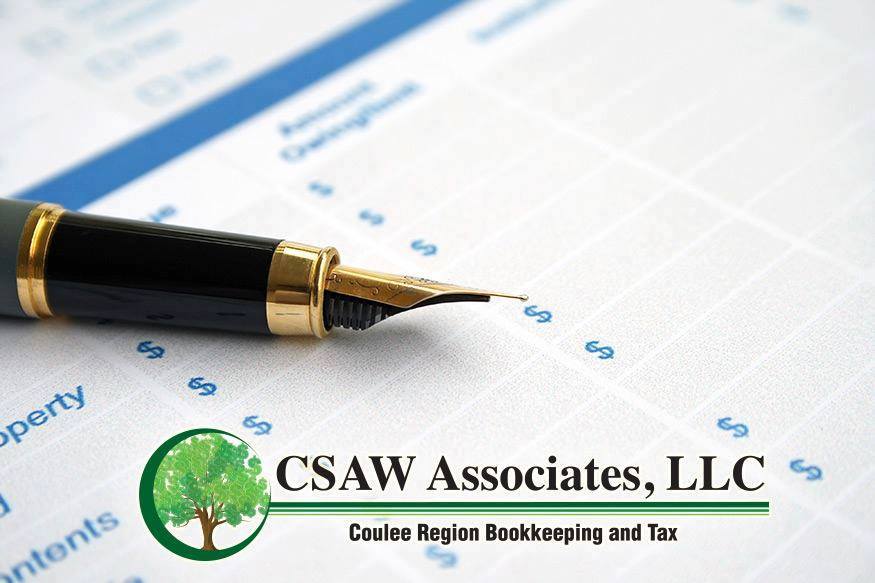The 13-Week Cash Flow Forecast
One of the best tools to forecast cash requirements is the 13-week cash flow forecast. It can help a business owner predict what their cash balance will be 13 weeks in the future. It helps to answer whether there will be enough cash to cover payroll and bills for a particular week. If you’re having significant ups and downs in your cash balance, it’s the perfect tool to help gain clarity around your cash needs.
Thirteen weeks may sound like an odd length to select, but it’s the length of a calendar quarter. This is the length of a financial projection that is typically used when a business is in financial distress; however, it’s also useful when a company is going through some ups and downs or simply wants to get a better handle on its cash requirements.
The forecast computations start with entering cash receipts and cash disbursements into a spreadsheet. Start with actual spending and receipts for the first week, then use estimates for the remaining weeks. Include planned expenditures such as overhead, payroll, and loan payments. Add in inventory purchases. Project your receipts based on history or recent changes in your business.
Once you’ve completed your forecast, you can make changes and do what-if scenario planning. For example, if the forecast shows that you will run out of cash in week seven, you have some time to decide what you need to do to remedy the shortfall. Options might be:
- Accelerate the collection of 30% of your receivables.
- Dip into your line of credit to cover a portion the shortfall.
- Furlough 10% of your workers.
Plug your selected scenario into the forecast to see how much that relieves your shortfall.
The benefits of creating a 13-week cash flow forecast are many. You can see what actions need to be taken and when to take them well ahead of time. You can also see how much of an action you need to take. For example, instead of furloughing 50 percent of your staff, you may only need to furlough 25 percent. Or instead of borrowing $50,000, you might only need $20,000.
The cash flow forecast can also save time when developing your annual budget. Budgets are especially useful when business conditions are volatile or when business owners need all the clarity they can get.
Try your hand creating a 13-week cash flow forecast for your business, or reach out to us for help any time.



